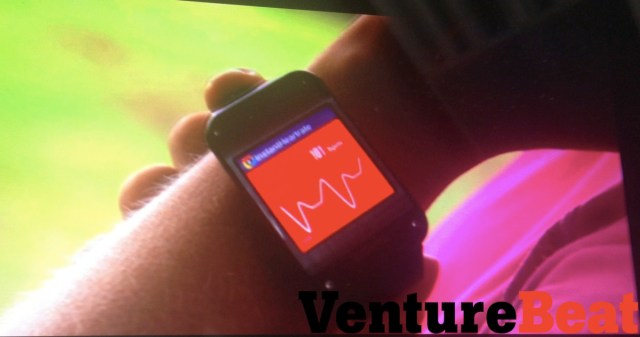
January 2011: Nokia chief Stephen Elop, left, and Microsoft boss Steve Ballmer announce that the Finnish firm will use the Windows mobile system in its handsets. Photograph: Luke Macgregor/Reuters
Microsoft has swooped in to buy the handset business of Finland'sNokia, an audacious move that confirms the Redmond software company's intention to compete with Apple and Google head-on as a "devices and services" business.
The deal, for €5.44bn (£4.6bn), gives Microsoft a company which used to dominate the mobile and smartphone market in 2006 but has been overshadowed by the rise of Apple and, latterly,
Samsung and companies using Google's Android software.
For Nokia, it means that a decades-long heritage as one of the world's leading mobile phone makers - which had been a source of huge pride in Finland - is over.
As part of the deal Stephen Elop, now Nokia's chief executive, will rejoin Microsoft, which he left in September 2010 to take over the then-struggling Finnish company. Elop, 49, has been tipped as a leading contender to become the next chief executive of Microsoft, after the announcement at the end of August by Steve Ballmer that he would depart within 12 months. A total of 32,000 Nokia staff will join Microsoft, including 4,700 based in Finland.
Microsoft is also providing €1.5bn of "immediate financing" to Nokia, implying that the Finnish company has hit a cash crunch. Its debt has already been reduced to "junk" status. If used, the loan will be repayable when the deal closes.
"For Nokia, this is an important moment of reinvention and from a position of financial strength, we can build our next chapter," said Risto Siilasmaa, chairman of the Nokia Board of Directors, who now takes over as the interim chief executive of the remaining parts of Nokia. Those are Nokia Siemens Networks, which builds mobile phone infrastructure and its HERE mapping platform. The NSN and mapping business are now just over 50% of revenues, and barely profitable. Elop recently completed the acquisition of 50% of NSN that was owned by Siemens.
But even inside cash-rich Microsoft, Nokia's phone business faces serious challenges. Its handset business has slumped in size from a peak in the third quarter of 2010, with revenues of €7.2bn, to just €2.72 in the second quarter of this year, its smallest size in more than a decade. It has also been lossmaking for five of the past six quarters.
While it is strong in the "feature phone" business in the developing world, it has struggled in the all-important smartphone business. Apple's iPhone and handsets running Google's Android together make up over 95% of sales in the US and China, the world's two largest smartphone markets,according to Kantar Worldpanel's latest figures. Windows Phone only has shares above 10% in Mexico and France, according to the company's figures.
Under the deal, Microsoft is buying the "Lumia" and "Asha" brand names that Nokia has used for its smart and intermediate phones. It has licensed the use of the Nokia brand on handsets for ten years, but the Finnish business will retain ownership of the brand. That will probably mean that the Nokia brand disappearing from handsets in the next decade, ending over 30 years' history in the business.
Having started in 1865 with a pulp mill in the Finnish town of Tampere, Nokia reinvented itself repeatedly, shifting to rubber boot production early in the 20th century, and then making its first telephone exchange in the 1970s. Its first mobile phone appeared in 1981.
Rumours that Microsoft intended to buy Nokia had been floated since Elop joined the company. When he chose to dump its home-grown Symbian and Meego smartphone software in favour of Microsoft's newer Windows Phone software in February 2011, a number of Finnish observers accused him of being a "Trojan horse" for Microsoft.
Ballmer said in a statement: "It's a bold step into the future – a win-win for employees, shareholders and consumers of both companies. Bringing these great teams together will accelerate Microsoft's share and profits in phones, and strengthen the overall opportunities for both Microsoft and our partners across our entire family of devices and services."
But the deal could also mean that BlackBerry's best chance of being acquired, by Microsoft, is over. The Canadian handset maker, which has seen its revenues and handset sales plummet, has formed a committee seeking alternatives including a sale. But Carolina Milanesi, smartphone analyst at research group Gartner, commented: "In case there was still hope out there for BlackBerry, this [purchase by Microsoft] is pretty much it. Microsoft will be more aggressive than Nokia in pursuing enterprises."

